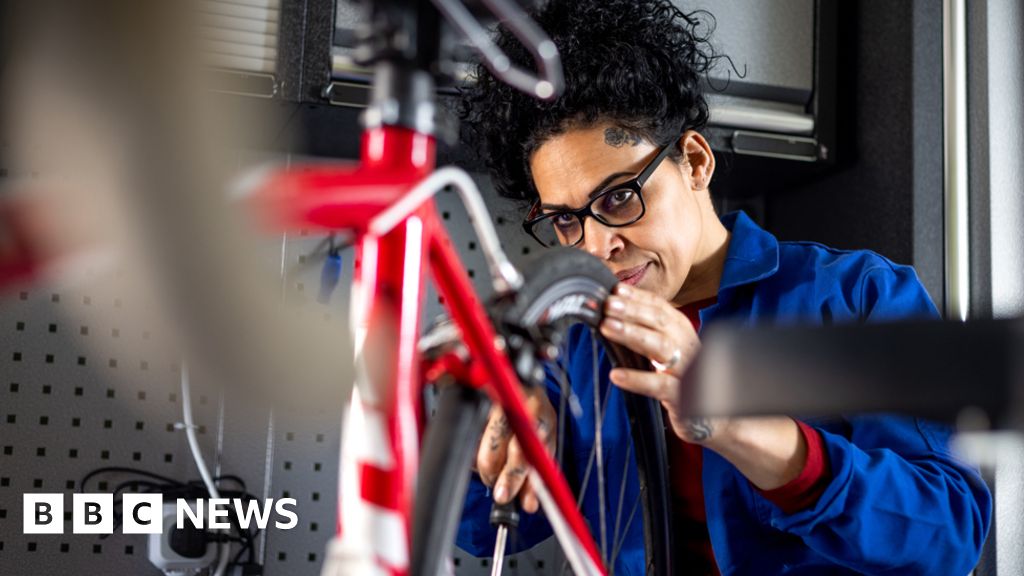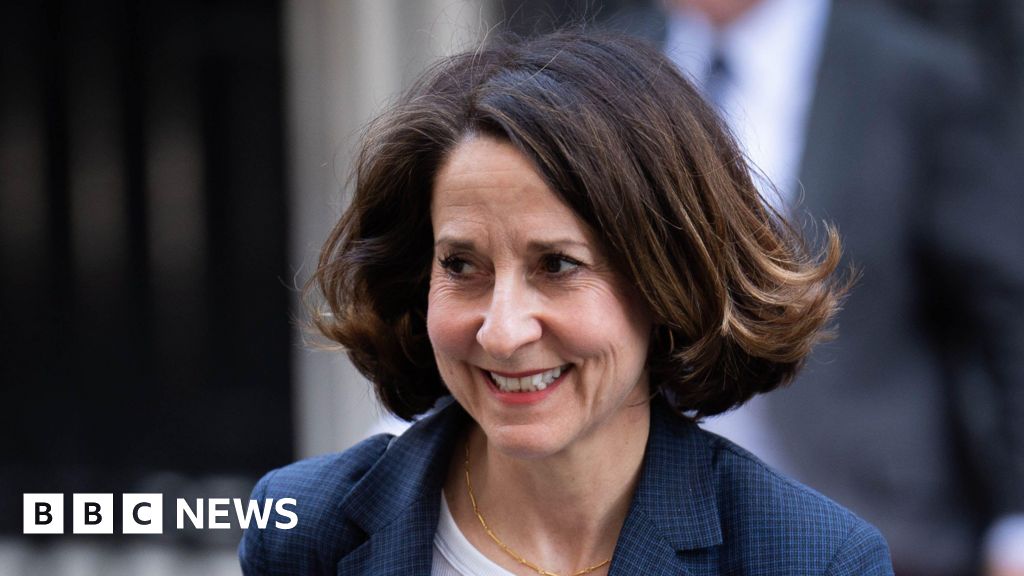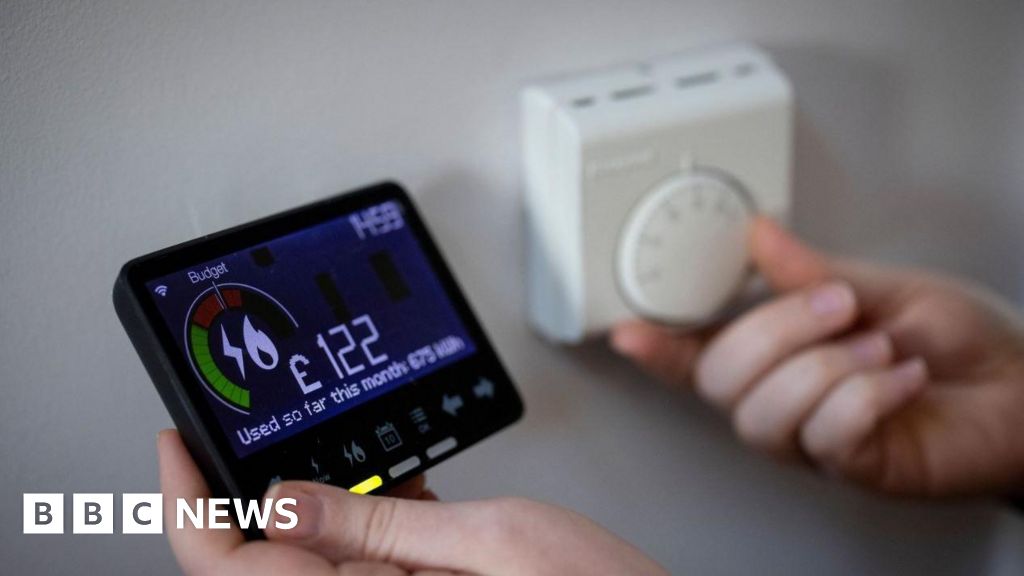UK wage growth remained strong even as the UK unemployment rate rose to its highest for almost a year.
The jobless rate increased to 4.3% between January and March, the highest since May to July last year, the Office for National Statistics (ONS) said.
The number of vacancies also slowed meaning more unemployed people are competing for the same jobs.
But pay rises, excluding bonuses, remained at 6%. It had been expected to slow to 5.9% between January and March.
Taking inflation – which measures the pace of price rises – into account, wages rose by 2.4%. Liz McKeown, director of economic statistics at the ONS, said that “real pay growth remains at it highest level in well over two years”.
But she also said there were others “tentative signs” that the British jobs markets is “cooling”.
Jobs on offer in the UK dropped by 26,000 to 898,000 vacancies between February and April. The total remains higher than pre-pandemic levels but Ms McKeown said: “With unemployment also increasing, the number of unemployed people per vacancy has continued to rise, approaching levels seen before the onset of Covid-19.”
Chancellor Jeremy Hunt said wage rises would “help with the cost of living pressures on families”.
He added: “While we are dealing with some challenges in our labour supply, including pandemic impacts, as our reforms on childcare, pensions tax reform and welfare come online I am confident we will start to increase the number of people in work.”
But Labour’s acting shadow work and pensions secretary, Alison McGovern, said “these damning new figures prove that things are just getting worse”.
She said: “It’s no wonder there are now a record number of people locked out of work due to long-term sickness, given NHS waiting lists are spiralling and the Tories have pushed our NHS to its knees.”
Credit: Source link











